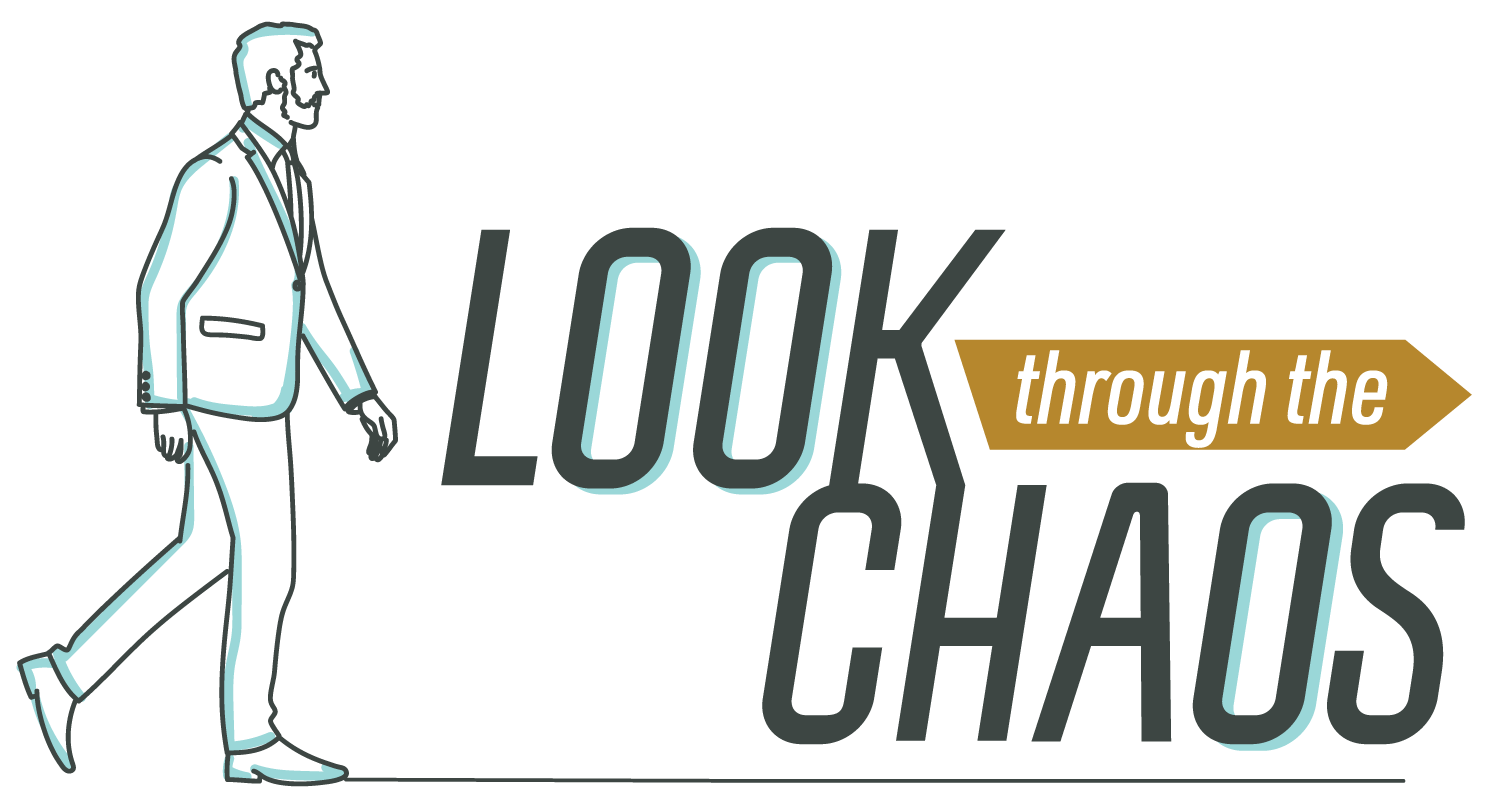Minibus, Omnibus, Under the Bus
Thank you, driver, for getting me here.
Too much Magic Bus
You’ll be an inspector, have no fear.
Too much Magic Bus
I don’t want to cause no fuss.
Too much Magic Bus
But can I buy your Magic Bus?
I don’t care how much I’ll pay.
Too much Magic Bus
I wanna drive my bus to my baby each day.
I want it. I want it. I want it. I want it.
Magic Bus - The Who
…..
The current federal budget process was signed into law in 1974. Congressional Democrats wanted to spend more money than Republican president Richard Nixon did. Some things never change. The ’74 budget process was designed to make increased spending easier to pass than had previously been the case. Nixon didn’t like it, but signed it as he was weakened by the Watergate crisis.
The process is supposed to work like this: Entitlement spending (Medicare, Medicaid, Social Security, Student Loans, etc.) just happens by law and congress does not need to act every year unless they want to change the underlying program. The rest of the government spending (defense, all the agencies, etc.) requires annual appropriation by congress or the money cannot be spent. That annual spending is broken in to twelve different appropriations bills for different parts of the government. These twelve bills should pass the House first, then the Senate and then all twelve get signed by the president.
Since 1974, that process has only happened that way three times. Most years, some of the appropriation bills get passed and the rest get lumped in to a “minibus.” In some years, like 2022/2023, none of the appropriation bills get passed and the whole thing is lumped into an omnibus.
As you undoubtedly know, that is what just happened before Christmas. A massive $1.65T bill that never went through any committee or had any meaningful amendments or debate is now the law governing federal spending through September 30, 2023.
In a word, the whole thing sucks. The process was designed to make it hard to cut spending. It has succeeded in that goal. But, it only operates as designed about 6% of the time and in the other 94% it makes spending without oversight even easier.
I have been a “fiscal hawk” ever since I first ran for public office 24 years ago. I have been warning of the dangers of ever-increasing deficits and debt. Thus far, an argument can be made that I have been wrong. The country and the economy seem to be running just fine in spite of constantly increasing deficits and debt. Many on the left and some on the right, believe that there is no downside to deficits of almost any size. They often point to the more indebted country of Japan as proof that we can keep spending more than revenue and that it will be socially and economically stimulative.
Maybe.
Maybe not. There are some more fundamental changes underway. The deficit this fiscal year will likely surge well above $2T without any “one-time” factors as happened during the lockdowns. And the factors creating the new record deficit are accelerating, not abating. Revenues are declining as asset prices (stocks, bonds, real estate, crypto) fall and the economy slows. Interest on the debt is rapidly increasing with the increase in interest rates added to the increase in the debt itself. The Federal Reserve was making money and annually remitting hundreds of billions to the Treasury. Now, they are losing money and the reverse is occurring. 10,000 baby boomers a day are added to the rolls of Medicare and Social Security which make those costs increase well more than the inflation adjustments that occur. “Social Safety Net” entitlement spending is increasing much more than inflation as these payments have been augmented in recent policy changes and as spending on the influx of illegal aliens as well as the homeless population booms. Unstable world affairs necessitate more and more spending on defense as military threats abound.
In short, the deficit is now feeding on itself. This is creating a so-called “doom loop” in which the increasing interest on the increasing debt absorbs more and more of the budget and national savings. For example, in the next twelve months, Americans will likely have to buy $4T of additional Treasury Bills and Bonds than they currently hold. This is because you add to the deficit the fact that the Federal Reserve is now selling rather than buying Treasuries as are foreigners and foreign governments. That is $4T that cannot be used to build a house or start a new business. It is simply paying for money already spent.
Maybe the deficit doves are right and none of this will be a problem. We have never had trouble selling Treasury bills in the past. At some point, however, something will have to give. Maybe we’re a ways from that point. But if we don’t change course, at some time in the future, we will reach that tipping point. And then, all the solutions are extremely ugly from allowing massive inflation to “inflate away the debt” to a true depression as taxes must be massively raised and economic activity is almost solely focused on fixing the government.
We don’t know where that line is, but we should not get too close. The passage of the omnibus bill shows that the government is still accelerating toward said “doom loop,” not backing away from it.
The old saw about the first rule of being in a hole applies here. If you want to get out, the first thing to do is stop digging deeper.
I remain respectfully,
Congressman John Campbell
Drive Fast and Live Free
